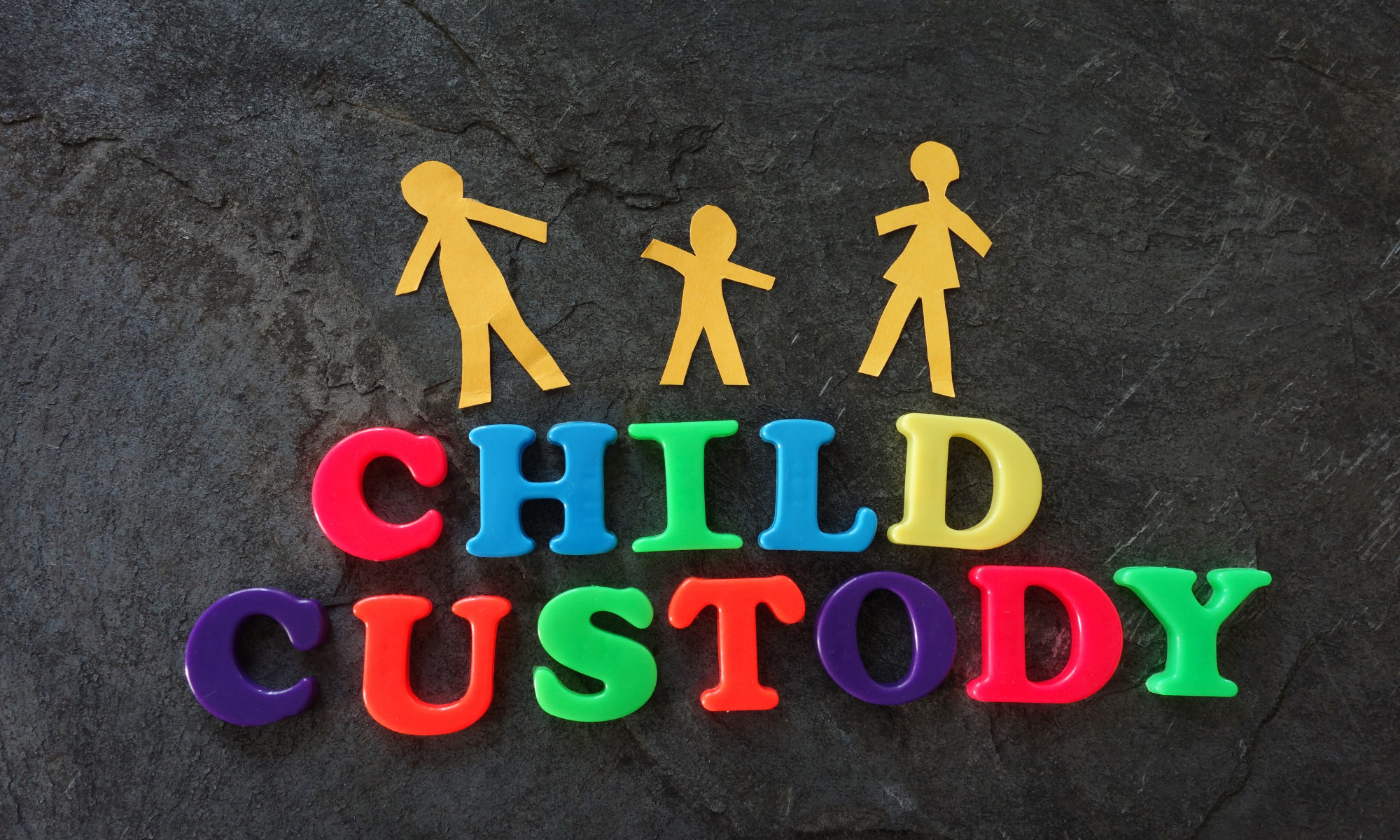Dealing with kids is hard itself, especially if you’re a single parent, coping with divorce, or under stress. How do you find the time to ensure all their relationships for your kids are still in check?
The grandchildren-grandparent relationship is especially important. Those who are close to their grandparents have healthier lives overall. They have fewer emotional problems even later in life.
Maybe you and your mother-in-law didn’t have the perfect relationship. Read on for the top ways for your mother-in-law to bond with your kids. You can still ensure your children have a good connection with your ex-in-laws with these tips.
Be a Role Model
Kids are little copy machines. They mimic the behavior of everyone around them, especially the parents. If you want them to get closer to their grandparents, you should also show how you care about your in-laws.
You set an example for your kids. If you let them see how you love their grandparents, they’ll follow and behave the same way.
If your in-law is far away, you can tell stories about your relationship with her. This makes them excited about meeting their grandparent.
Even if they haven’t had many mother-in-law bonding moments with her, making them comfortable around their grandparents is important. It will allow them to bond easier and better in the future.
Encourage Your Kids
In the physical absence of the grandparents, you will take on the role of bringing them closer. In line with our advice above, you can do this by telling stories.
Think of some interesting memories you’ve had with your in-laws. Hearing about them through your stories will make your kids feel closer.
Then, encourage your children to make memories with them, too. Let them think of ways they can connect with their grandparents.
Have them make a list of what activities they would like to do with their grandparents. Make sure to let them think about what your in-laws would enjoy doing, as well.
You can suggest things that your kids might like to learn. If your in-laws have hobbies or occupations that they can teach to your children.
Give Them Some Alone Time
The best way your in-laws and kids can bond is if you give them some alone time. Kids are pretty attached to parents, so you’ll likely get in the way of their bonding without intending to. They might pay more attention to you instead of the grandparent.
Once you’re sure that your kid is okay with the grandparents, you can schedule some alone time. It’s best to do this once they’ve already met your in-laws a couple of times. That way, they won’t feel that you left them to a stranger.
Alone time can range from an uninterrupted moment in your home or a date night without either parent. As the parent, you can also choose the level of interaction you’re comfortable with. You don’t have to force your kid for a whole weekend alone with grandma if they’re uncomfortable.
When they’re alone, your children have no choice but to interact with their grandparents. This gives them better chances to find things they like about each other.
They’ll feel closer to each other this way. Soon, they’ll develop an unbreakable bond they’ll cherish for the rest of their lives.
As they feel more comfortable, they can have more alone times with their grandparents. You can have them start from a few hours in your house, then progress to seeing a movie together.
Activities like fishing and going to amusement parks can be next in line. If all three parties agree, you can allow your kids to stay overnight at their grandparent’s house.
Go on Vacations Together
When you go on vacations, consider inviting your in-laws, too. These moments offer great opportunities for making memories, which is why these are important for the grandparents, too.
Even a simple trip to the beach can be meaningful to everyone involved. Your kids will always be able to associate good memories with their grandparents.
Once you’re comfortable with the idea, you can also have your kids go on vacations without you. These moments are rare, but it’s a great way to further strengthen their relationship. Plus, you can get some more “me time,” which is a precious commodity for all the single parents out there.
Play Board Games
Humans have long been using board games to bond with their peers. The good thing about it is that it brings together generations.
You can play them with your friends, parents, and grandparents. As long as everyone knows the rules, everyone is up for a good time.
Board games force face-to-face interactions, unlike other types of games. Video games, for example, require players to glue their eyes on the screen. There’s little interaction aside from talking.
That’s why they’re great as a bonding activity even when the players have a huge age gap. Your kids will be able to connect more with your in-laws. And, as a plus, this activity can foster their social skills, too.
Board games also require thinking and strategizing. These can help your kids develop other skills, like decision-making and problem-solving.
Invite the Grandparents to Meals
Eating meals together is a good opportunity to have meaningful conversations. Dinners, in particular, are a good time for everyone to bring closure to their days.
You should encourage conversations during family dinners. Ask your kids about their days, and share some stories about yours, too. You can also ban cellphones on the table so that everyone can pay attention to the table.
When this becomes a normal part of any meal, it will be easier to bond over a good meal. You can then invite them over for dinner once in a while. You can even schedule weekly dinners as kids like having routines.
When possible, you can also dine out in new and interesting restaurants. Make it a fun activity for everyone. Get your kids excited about it so they’ll look forward to it every time.
Let Them Do Any Activity At All
Are your in-laws coming over? That’s enough opportunity for both them and the kids to have some bonding sessions. They can do any activity while they’re at your house.
It can be cooking a meal, reading a book, or even cleaning. It can be any activity that they’re willing to participate in. That should be enough to make them closer to each other.
Encourage Them to Hear Some Family Stories
Every grandparent has cool stories to share. Whenever the chance arises, get your kids to ask about them. Your in-laws will be happy to tell some interesting stories that might even interest you.
Your in-laws will appreciate the rare chance to tell their stories. And, your kids will love hearing about them.
It’s a good opportunity for you and your children to hear more about the family. These are stories they’ll carry for the rest of their lives.
This is one of the top ways for your mother-in-law to bond with your kids because it can happen anywhere. They can tell the stories over the phone, when they come over, or even right before bedtime.
Invite the Grandparents to Your Kids’ Activities
Do your kids have any extracurricular activities, like soccer, ballet, or piano lessons? If so, their grandparents should be involving themselves in some way.
You can invite them to matches, recitals, and even to practices. Keep them updated, send them pictures, and tell them stories. They’ll appreciate the gesture as you make sure they’re still involved in your children’s lives.
Your children will also appreciate that their grandparents are coming to see them. They’ll remember all the times your in-laws came to support them. After every event, you can go for meals together to further strengthen their bond.
This is only a problem if your in-laws don’t live nearby and can’t come over often. In this case, you can take advantage of the Internet to involve them in these events and activities.
You can call them over their device and enable video. It may sound like a cliche and a hassle, but it’s important to involve them in these events. Speaking of tech, continue reading to find out how else you can integrate technology into bonding.
Connect Over Long Distances
Thanks to the newest technology, you can now talk face-to-face with anyone in the world. As long as you have a device that can connect to the internet, you can see your loved ones anytime.
This is useful for when you want your in-laws to bond with your kids but physical meetings are impossible. Normalize letting your kids talk to their grandparents over Skype or Zoom.
This can be a weekly ritual, in which your children can share how their week went. Have them tell absurd kid stories, and ask how their grandparents are doing. This timeframe offers enough of a break to help kids gather stories to tell.
This isn’t the only way you can take advantage of technology, though. You can also play games in real-time over the internet or find videos to watch together.
The internet is a gold mine of information and activities. You only have to regulate your kids’ consumption and make sure they stay on the good side of the internet.
Send Them Letters and Arts
Another way you can conquer the distance is to do it the old way – by sending the grandparents letters. While the internet makes everything more convenient, using the mail system makes for a cool new activity for your kids.
Have your kids write letters to your in-laws in their own words. Tell them to write about their day, their new favorite movie, their pet, or anything at all. It doesn’t even have to make sense – their grandparents will love it either way.
For the grandparents, every letter they receive becomes a treasure. Don’t let it surprise you if you find a box full of their grandchildren’s letters in their house.
To spice things up a bit, you can also send some of your kids’ creative works. Be it a finger painting, a nice drawing of their grandparents, or an unidentified craft. It will be a nice addition to your in-laws’ fridge or such.
The bonus is that making some arts and crafts is also a good bonding activity for you and your children. It’s a great way to keep them busy, and they’ll enjoy making it with you, as well.
Allow the Grandparents to Share Their Hobbies
Sometimes, you should also let the grandparents take the helm. What do they want to do with their grandkids?
They might want to share their hobby or favorite activity. It could be gardening, fishing, shopping, or some other interest.
This is a good way for your kids to learn more about their grandparents. They might even love doing a particular activity so much that they want to make it their hobby, too. This gives them more common grounds, which they can bond over in the future.
Look for More Ways for Your Mother-in-Law to Bond With Your Kids
Looking for more ideas? You can always come up with new ways for your mother-in-law to bond with your kids.
Find activities that work for all parties involved. After all, every kid and every situation are different. If you need more parenting tips, feel free to visit our website or contact us for more details.















